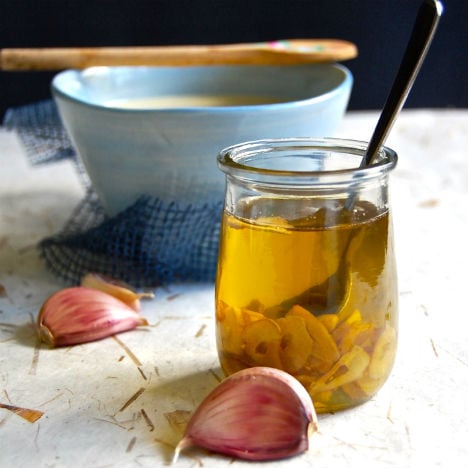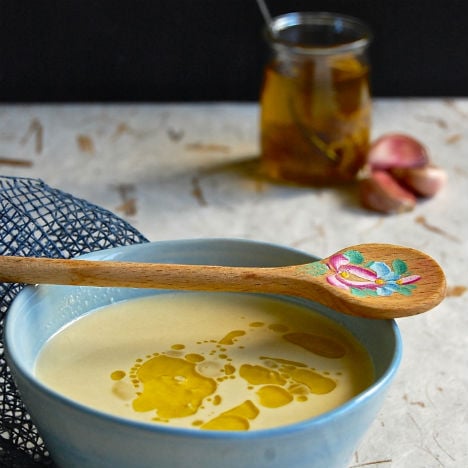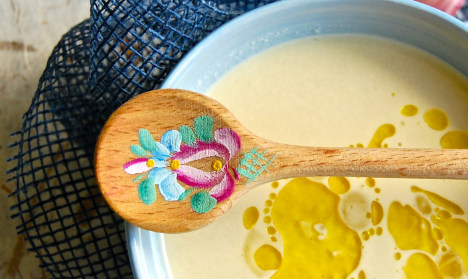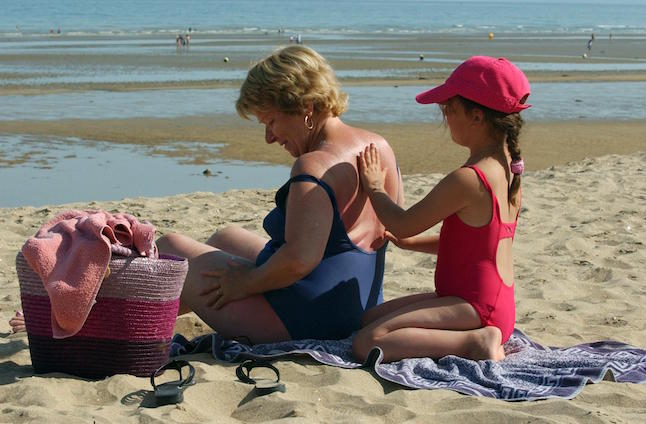If you have had your fill of gazpacho, the cold tomato soup that keeps Spaniards refreshed throughout the summer, then try another cold soup favourite: Ajo Blanco, a delicious cold soup made out of almonds and garlic.
Spanish food blogger Nuria Farregut who can be found writing at Spanish Recipes by Nuria shares this favourite summer classic with The Local.

Ingredients (Serves four):
100 grs of raw peeled almonds,
2 garlic cloves,
30 ml of jerez vinegar,
100 grs of yesterday's white bread (no crust),
100 ml of extra virgin olive oil,
half a liter of cold mineral water,
salt.
For the garlic oil:
100 ml of extra virgin olive oil and 3 garlic cloves.
Prepare the garlic oil: peel the garlic cloves and blanch in boiling water for some seconds. Drain and let cool. Cut in fine slices and cook for 2 to 3 minutes in the olive oil over a low heat. Don't let them go golden. Cool down in the same oil and put aside.
Place the bread inside a bowl and pour a bit of water in order to allow the bread to get soft. Once it has absorbed the water, squeeze and put aside.
Use a blender to create a creamy soup out of the almonds, garlic cloves, vinegar, olive oil, bread and water.
Add salt to taste.
For an even finer texture
Pour some drops of the garlic oil on top.
Keep it in the fridge until just before serving.
Enjoy!!!

READ MORE Recipe: How to make Spain's summer classic gazpacho



 Please whitelist us to continue reading.
Please whitelist us to continue reading.